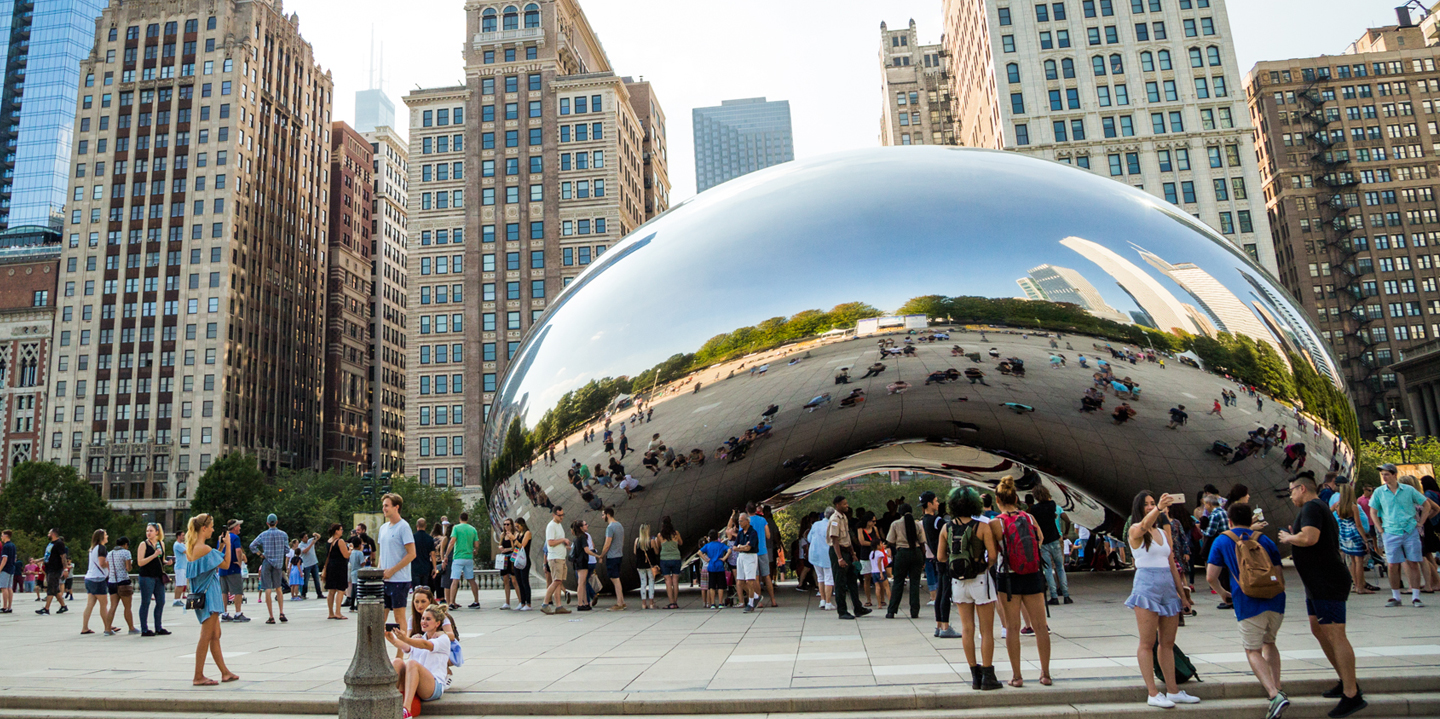I kind of get what you’re saying about apples to oranges but my confusion still lies if I am up to 150 feet take a panoramic photograph under recreational Flying and I decide that the photographs good and I want to sell it by FAA law I can’t because I don’t have a part 107 whereas if I’m a passenger on a plane and I take a picture and it turns out good and I wanna sell it that’s OK it doesn’t make sense why as a recreational pilot if I want to sell photograph that was took by a drone I can’t.
Are you or the FAA implying that because I’m behind the controls of a drone press a button to have it take a photograph I have now been so distracted as a recreational pilot that I need a partner southern license to fly?
I hope this makes more sense not trying to open a can of worms just curious.
I am not implying that you are distracted by taking a picture and I don't think the FAA does either.
Its not about the picture taking, it is about who is flying the aircraft. In your example (passenger on a plane being piloted by someone else, or a drone pilot alone), both pilots must have a certification to get that picture. And to me, that makes perfect sense.
Currently there are just over 269,000 certified 107 commercial UAV pilots here in the US. How would the FAA know precisely how much or how little flying each of these pilots do? How would they know
where each of these pilots intend to fly to earn their commercial living? And if they don't know the answer to these and many, many, more questions about how different individuals are going to use their drones, then they would need to put in place a regulatory structure that would encompass
all uses of commercial unmanned aviation.
Getting certified as a 107 tells the FAA that a given pilot has studied, tested and passed a knowledge test that allows them to ply their trade (in your example, taking a panorama) and will/should operate at any time, in any situation or any conditions safely and according to guidelines that have been standardized.










